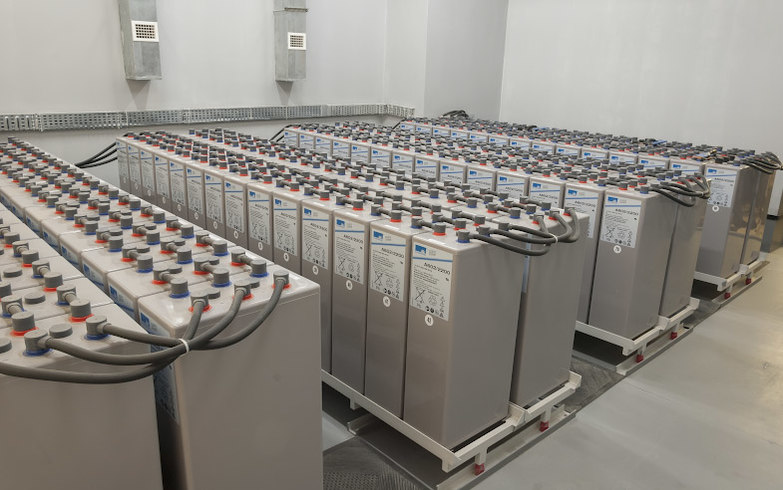The capacity of a lead-acid battery, typically measured in ampere-hours (Ah), is determined by several factors:
- Plate Surface Area: The larger the surface area of the plates, the more chemical reactions can take place, which increases the battery’s capacity.
- Number of Plates: More plates mean more surface area for chemical reactions, leading to higher capacity.
- Plate Thickness: Thicker plates can store more energy but may reduce the surface area for reactions if the battery size is fixed.
- Electrolyte Volume and Concentration: The amount and concentration of sulfuric acid (H₂SO₄) in the electrolyte can impact the battery’s ability to store and deliver energy.
- Battery Design: The overall design, including the arrangement and size of the cells, affects the capacity.
- Temperature: Capacity can vary with temperature; higher temperatures typically increase capacity, while lower temperatures decrease it.
- Discharge Rate: The rate at which the battery is discharged impacts its capacity. Higher discharge rates typically reduce the effective capacity due to increased internal resistance and heat generation.
- Battery Age and Condition: As the battery ages, its capacity decreases due to factors like sulfation, corrosion, and shedding of active material.
Manufacturers optimize these factors to produce batteries with specific capacities suited for various applications.


